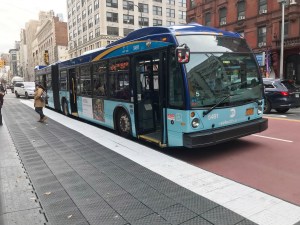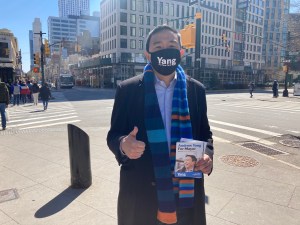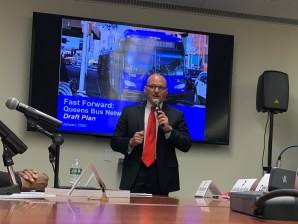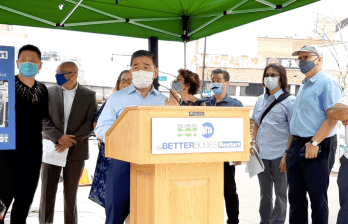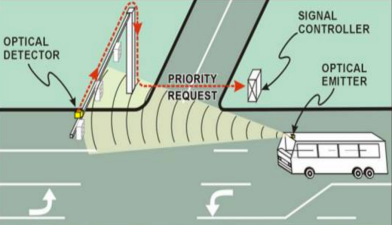Early Data Show Flushing Busway Already Speeding Up Buses
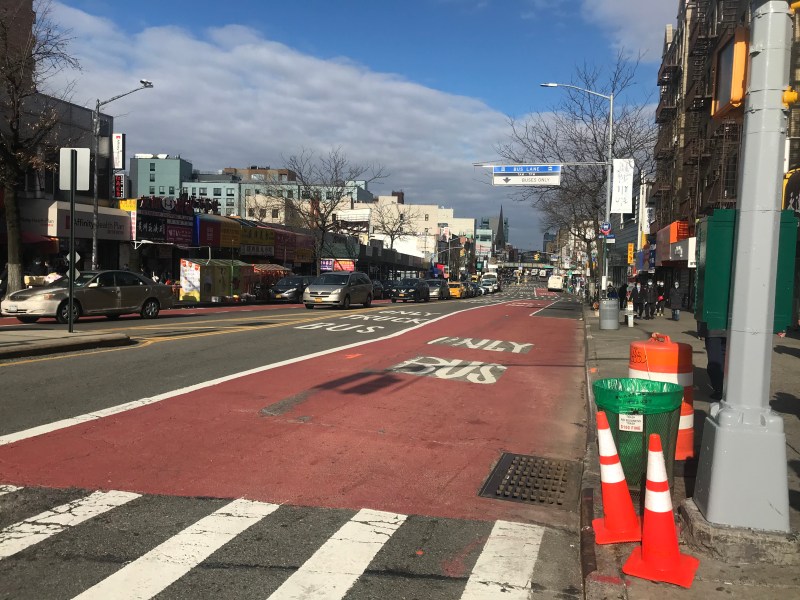
Bus speeds have already improved along the Flushing busway, according to early data from the MTA.
City and state transportation officials kicked off the car-free route on Main Street between Northern Boulevard and Sanford Avenue on Jan. 19, after months of delays because of community pushback.
But the proof is in the numbers — buses are already moving 8 to nearly 38 percent faster, helping the more than 150,000 commuters daily, and are only expected to pick up speed even more once the automated bus cameras start issuing tickets in April, according to MTA’s bus boss Craig Cipriano.
“The key to an effective bus system is well-enforced bus priority,” said Cipriano, who said buses would have been even faster but for several snow storms this month. “We’re thrilled that the Main Street Busway is improving commutes for thousands of customers … and are excited to see the next busway implemented.”
Riders on the 11 bus routes that converge on Main St in Flushing are enjoying quicker trips and smoother commutes with the new busway.
— NYCT Bus (@NYCTBus) February 19, 2021
Back in October, the MTA says buses heading north between Sanford Avenue and Northern Boulevard inched along at an average speed of just 3.64 miles per hour during the morning rush hour, and 2.67 MPH in the evening. As a result of the busway, those speeds increased (albeit a little) to 3.96 MPH and 3.11 MPH, respectively — increases of 8.8 percent during the AM peak and 16.5 percent in the PM peak.
On another leg of the busway on Kissena Boulevard between Sanford and Northern Boulevard, buses have showed even more promise. Post-launch, bus speeds averaged 5.18 MPH during the morning rush and 4.75 MPH during the evening, up from 4.75 MPH and 3.45 MPH last October — increases of 9 and 37.7 percent.
Straphangers will likely notice even faster commutes once the automated bus-lane cameras start ticketing drivers for encroaching on the red paint — a 60-day warning period started on Feb. 18, but by mid-April perpetrators will be hit with $50 tickets for each violation.
The improvements will hopefully be a wake-up call to the de Blasio administration to just forge ahead with installing more busways and bus lanes despite community opposition to help the city’s essential workers, advocates say.
“Busways work. The improvements for riders are real, quick, and dramatic,” said Danny Pearlstein of Riders Alliance. “The lesson for the mayor is to go big in his final year, paint the town red, and leave a lasting legacy of fairer streets.”
The improvements are real, but the fight is far from over. A coalition of busway critics sued the city last year to stop the busway. Queens Supreme Court Justice Kevin Kerrigan denied opponents’ request for an injunction, though he has yet to issue a ruling on the merits of the project.
Such suits are rarely successful; opponents of the 14th Street busway and the Central Park West protected bike lane sued as well, but both suits failed to halt the transit and street safety improvements.
